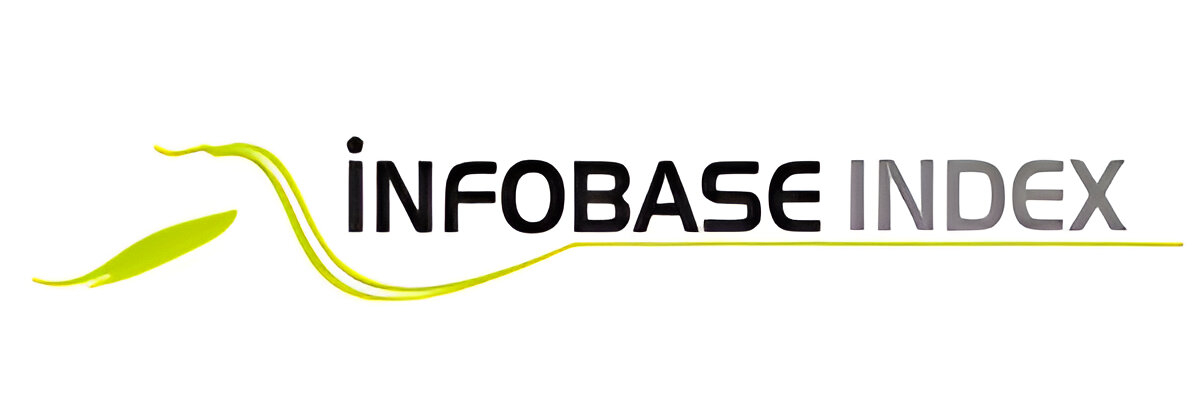KEY FRAME AND SKELETON EXTRACTION FOR DEEP LEARNING BASED HUMAN ACTION RECOGNITION
Keywords:
Human action, key frame, Deep learning, deep neural network.Abstract
Key frame and skeleton extraction play crucial roles in human action recognition
systems, especially those based on deep learning methods. This paper proposes a novel
approach for key frame and skeleton extraction tailored for deep learning-based human action
recognition. Key frames are selected to represent salient moments in a video sequence,
providing compact representations for subsequent processing. Skeleton extraction aims to
capture the spatial and temporal dynamics of human actions by identifying key joint positions
and their temporal trajectories. In this study, we present an integrated framework for joint key
frame and skeleton extraction, leveraging techniques such as motion analysis, feature
extraction, and temporal segmentation. Experimental results demonstrate the effectiveness of
the proposed approach in accurately capturing human actions and facilitating deep learningbased
recognition tasks. The extracted key frames and skeletons serve as informative inputs
for deep neural networks, enabling robust and efficient human action recognition in various
real-world scenarios. Overall, this paper contributes to advancing the state-of-the-art in
human action recognition by introducing a comprehensive framework for key frame and
skeleton extraction tailored for deep learning-based approaches.











